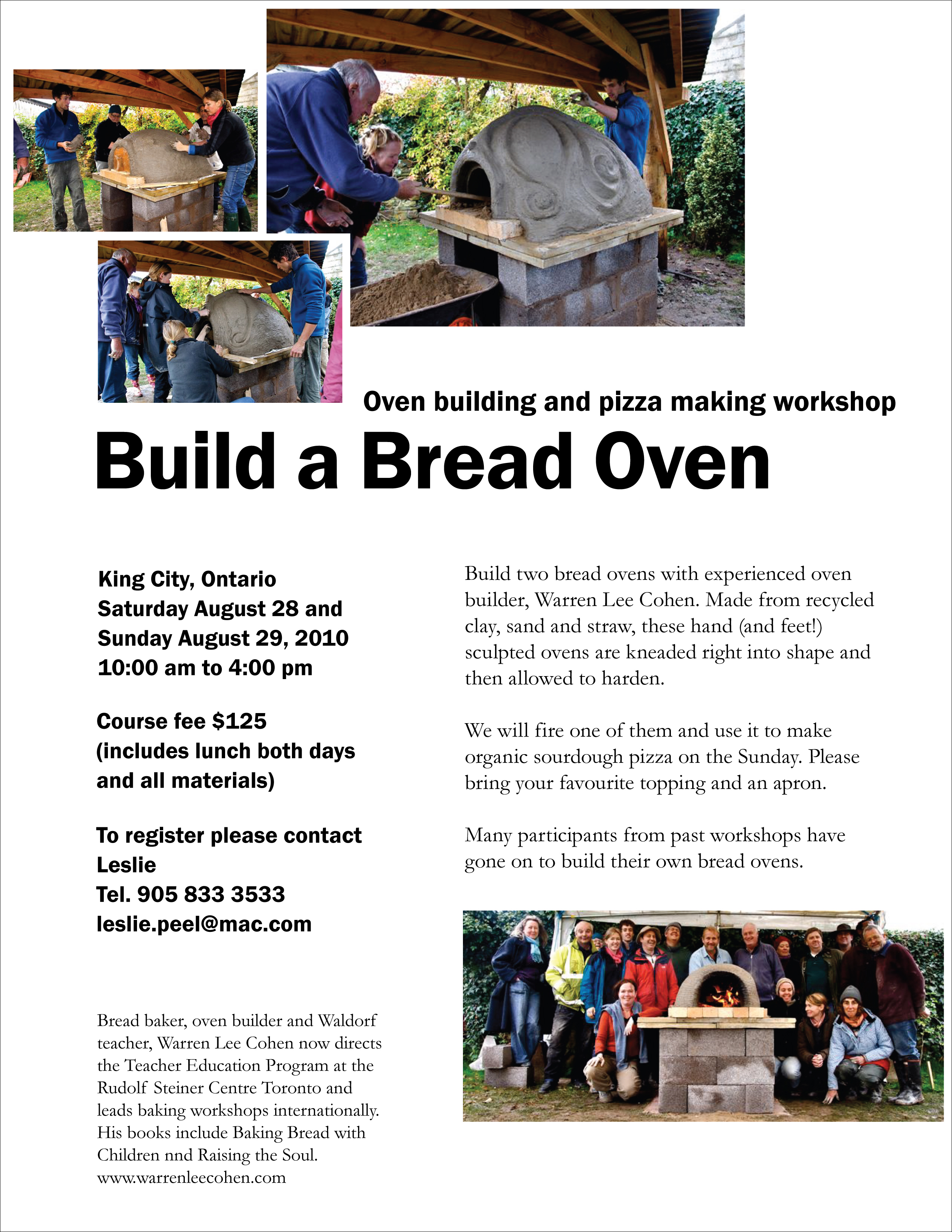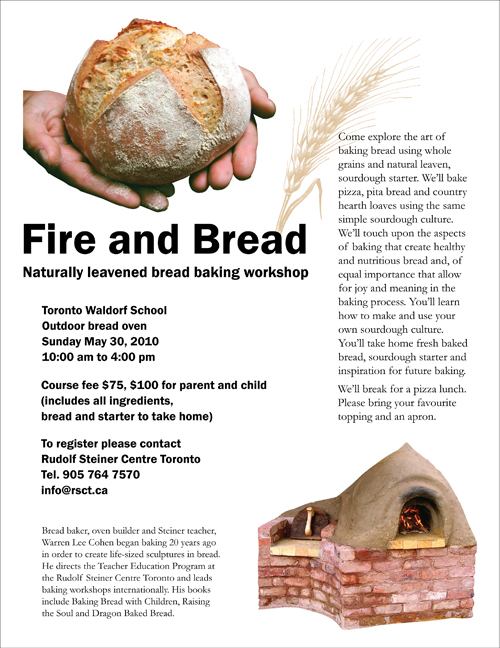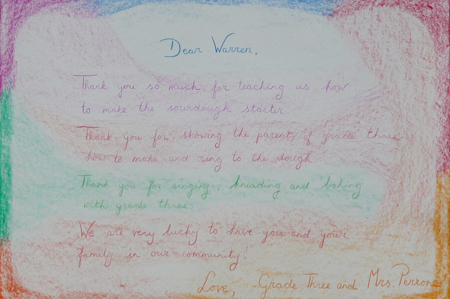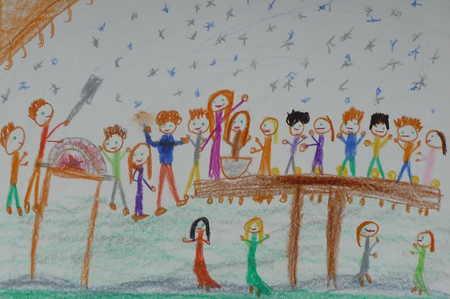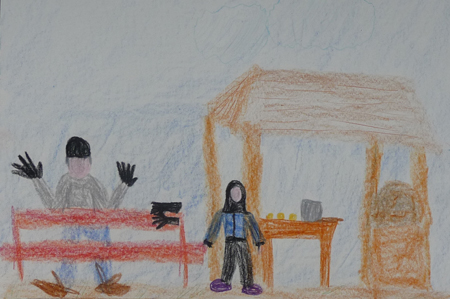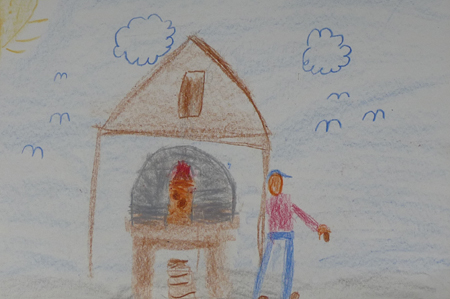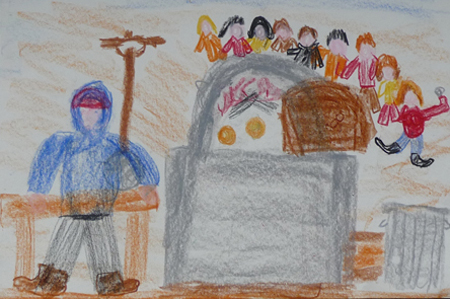
This week the Rudolf Steiner Institute offered an opportunity to explore the interconnected themes of the art of baking bread and the evlution of human consciousness with a group of nine very engaged and fun loving bakers. This full week hands-on intensive allowed us both to bake a whole range of breads and to explore how the human diet and consciousness have changed since the agricultural revolution. Further this led us to look into the interconnected symbiosis in this change of diet and consciousness, which I have been enjoying researching for some time now. With a theme this vast and admittedly far reaching, we could only hope to touch in at certain significant moments in this panoramic journey and taste the proceses at work in these historical times and cultures. Our journey took us from ancient India and old world chapatti to Greece andpita bread, from sourdough breads in northern and southern Europe, to yeasted bagels, cinammon rolls and to the pinnacle of bread extravagance organic sourdough all butter croissants and pan au chocolat – a truly delicious journey in bread and thought! The journey continued to the modern day, to Wonder Bread, Nutritionaism and Orthorexia Nervosa. What lays in the future we can only surmise…
We began our week with the mystery of the agricultural revolution, trying to develop a palpable understanding for how human kind learned how to develop wild plants into domesticated varieties, a power which we no longer possess (even with the advent of genetic engineering!). How our modern food plants and animals were bread from their wild predecesors is still far from clear as is how this early food was then prepared to eat. Again there are many missing links in trying to understand these processes. For instance how were the early grains ground and cooked? It is not as easy to do as you might imagine using only the traditional tools, and these challenges were an important part of our process of discovery.

Next we looked at Ancient Egyptian culture, which had developed over 40 different varieties of bread as depicted in their tomb paintings. In Egypt came the art of adding leaven to the bread. This made the bread more digestible, nutritious, tasty and helped it to keep longer. It is also easier to chew and use as a base or dipper with other foods. Egypt allowed bread to rise into the third dimension and along with that advance, Egyptians entered more fully into materialism.

Our sourdough repetoire expanded into French Peasant Loaves and Sourdough Rye bread flavoured with corriander and honey. These breads were surprisingly sweet and nutty (do to my method of keeping the sourdough starter firm and dry). Here loaves are more complex and can be shared amongst many peoples. Oven technology had to mature to consistently and evenly bake these larger loaves. These breads grew well beyond the inflated plane of earlier loaves and allow crust and crumb to develop into more spherical loaf forms. We also felt how differently the rye grain/flour responds than does wheat and how satisfying each can be if worked appropriately to their nature.

As we progressed towards the modern day, we had to include at least one recipe with commercial yeast (I much prefer sourdough for the multiple reasons listed above including improved workability). We made sesame seeded bagles which not only have a slightly more complex form, but also have the added step of being boiled before painted with egg, sesame seeds and then baked. These were both light and chew.

Our bread journey turned decidedly more decadent in our last two days of baking  in which the bread organism become ever more finely layered and rich. On Thursday we baked All Spelt Sourdough Cinnamon Rolls with generous amounts butter, cinammon, brown sugar, raisins and pecans all rolled into long logs, sliced and baked. The contrast of cinammon sweetness and slightly tangy dough was most satisfying.
 Â
Â
And lastly, we stretched the dough even more finely and folded it with 32 layers of butter, rolled into fine All Butter Sourdough Croissants. This pinnacle of the french culinary art required precise temperatures, conditions and exactness. the mood in the kitchen was decidedly more tense. The singing that filled the atmosphere from the previous days was lost as we busily tried to work the dough when it was the perfect temperature before racing it back into the refrigerator. It was definitely stressful at times working in such hot weather, but the results were remarkably delicious. We baked over 160 croissants, some filled with almond butter and/or chocolate, none of which remained to for the following day.

All in all we baked a tremendous amount of bread and were able to feed the 160 participants at the Rudolf Steiner Institute, whose praise was effusive. And not remarkably, many people were most deeply nourished by the simpler sourdough breads we baked. These were baked with joy and love and song. Blessings were kneaded right into every loaf and the participants, I am convinced, could taste these and enjoy these more subtle ingredients along with the substance of the bread. It is for this reason that I always encourage my students to sing to their loaves, to pray as they knead and imagine the loaves nourishing their loved ones. Then the love is baked right in.

As if all this activity were not enough, on top of all of this baking we also spent an hour and a half each day discussing a host of themes including: The evolution of human nutrition from antiquity to the modern day, the Agricultural revolution to Wonder Bread, We studied, drew and painted the wheat plant, looked at the sacred and daily role of bread and wine in our lives, explored issues around wheat/gluten intolerance and allergies, earthen bread ovens, and looked at elements of our own food biographies. Then in the afternoons Kevin Hughes led us in painting exercises. It was a full and deeply satisfying journey of collaborative baking and research.
Â
Thank you to Joy for her enthusiasm and her wonderful photography. If you would like to see her whole beautiful photo essay of this week please visit Joy’s blog .
You guys/gals are some mightily inspiring bakers!
Thanks for a great week.
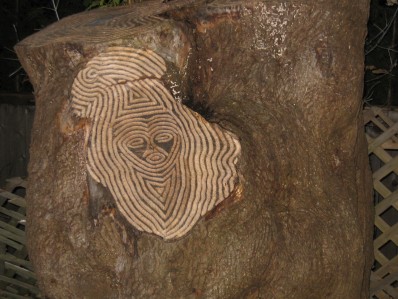
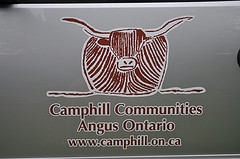
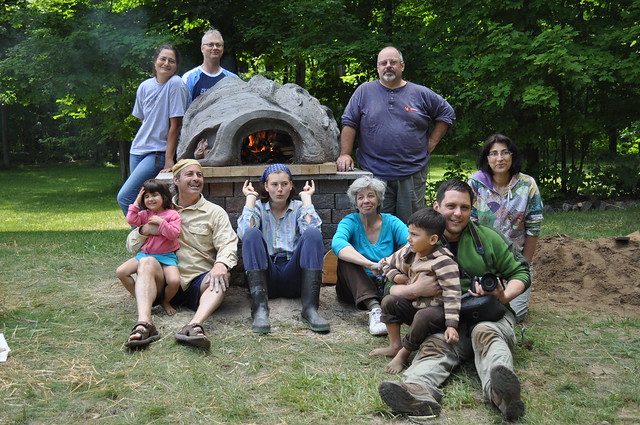
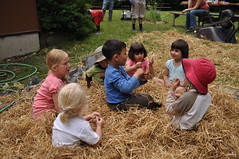
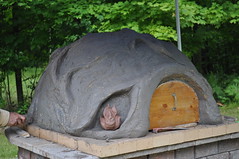
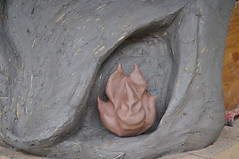
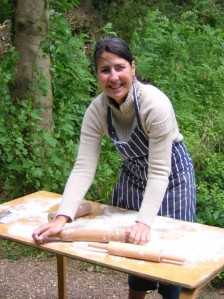
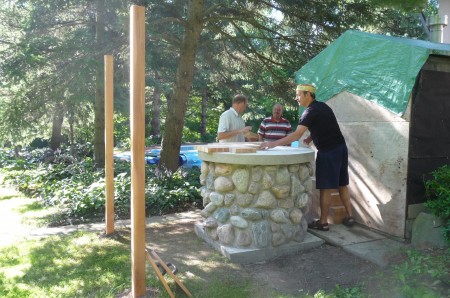
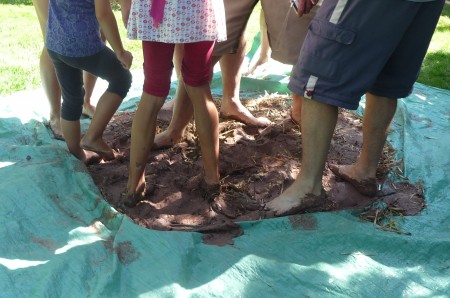
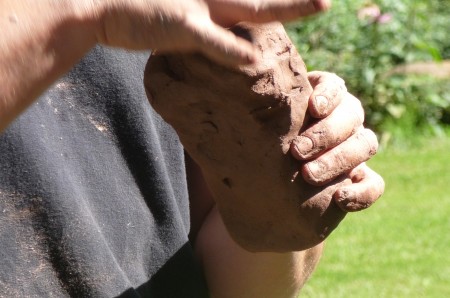
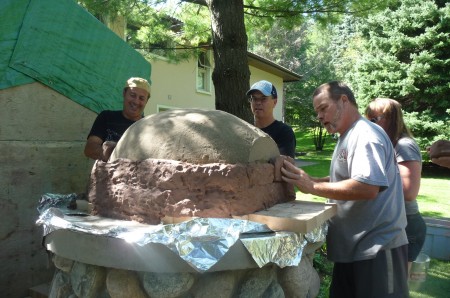
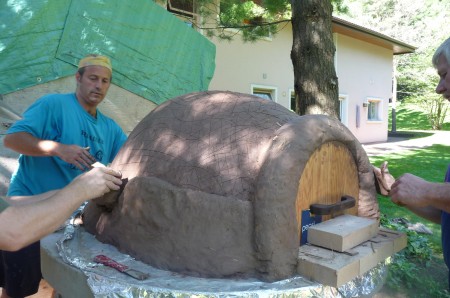
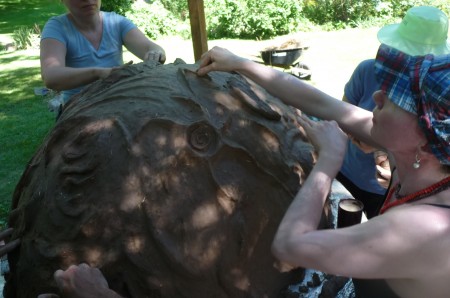
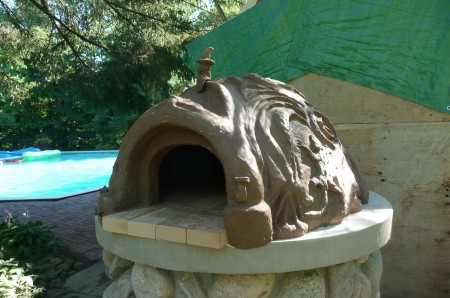





 Â
 

